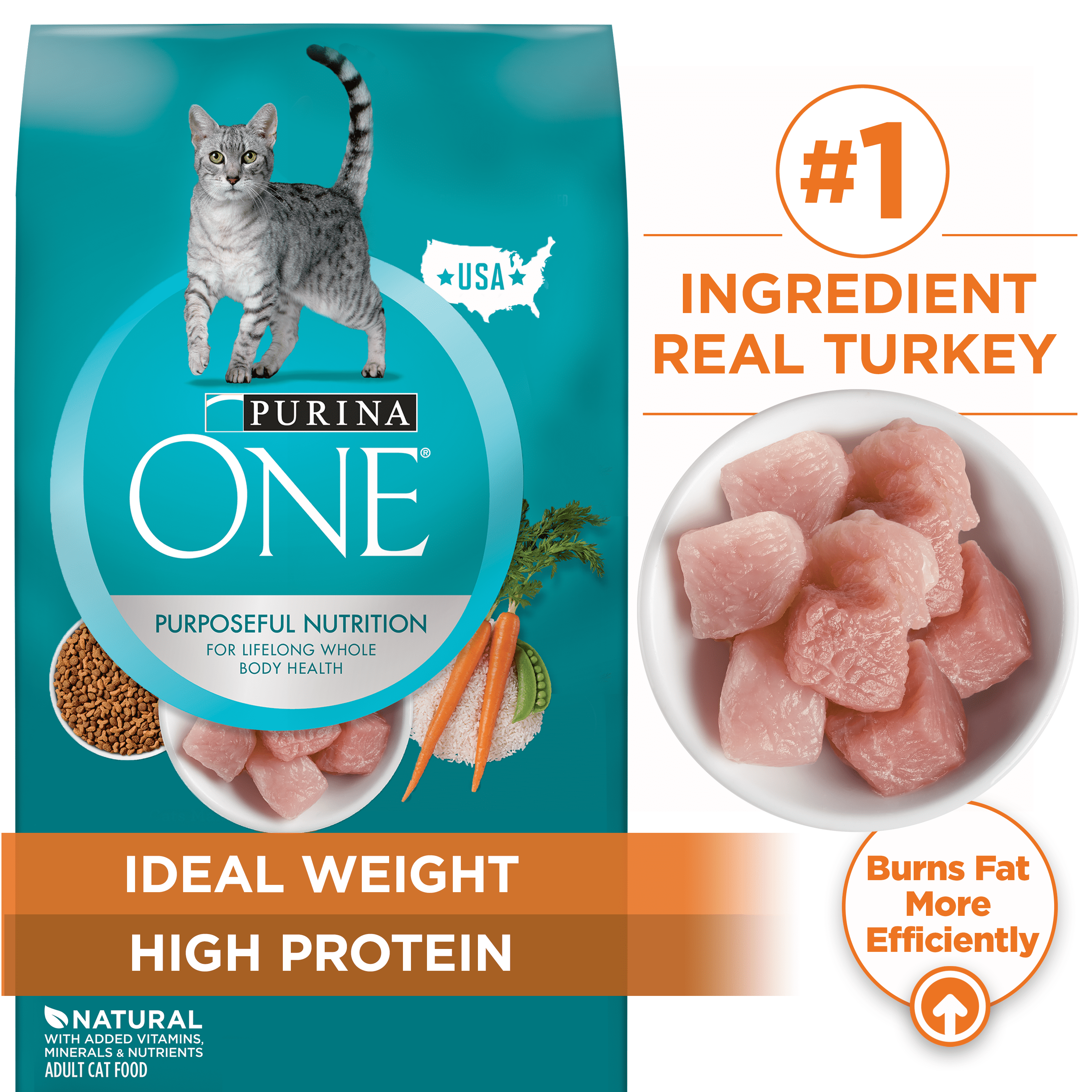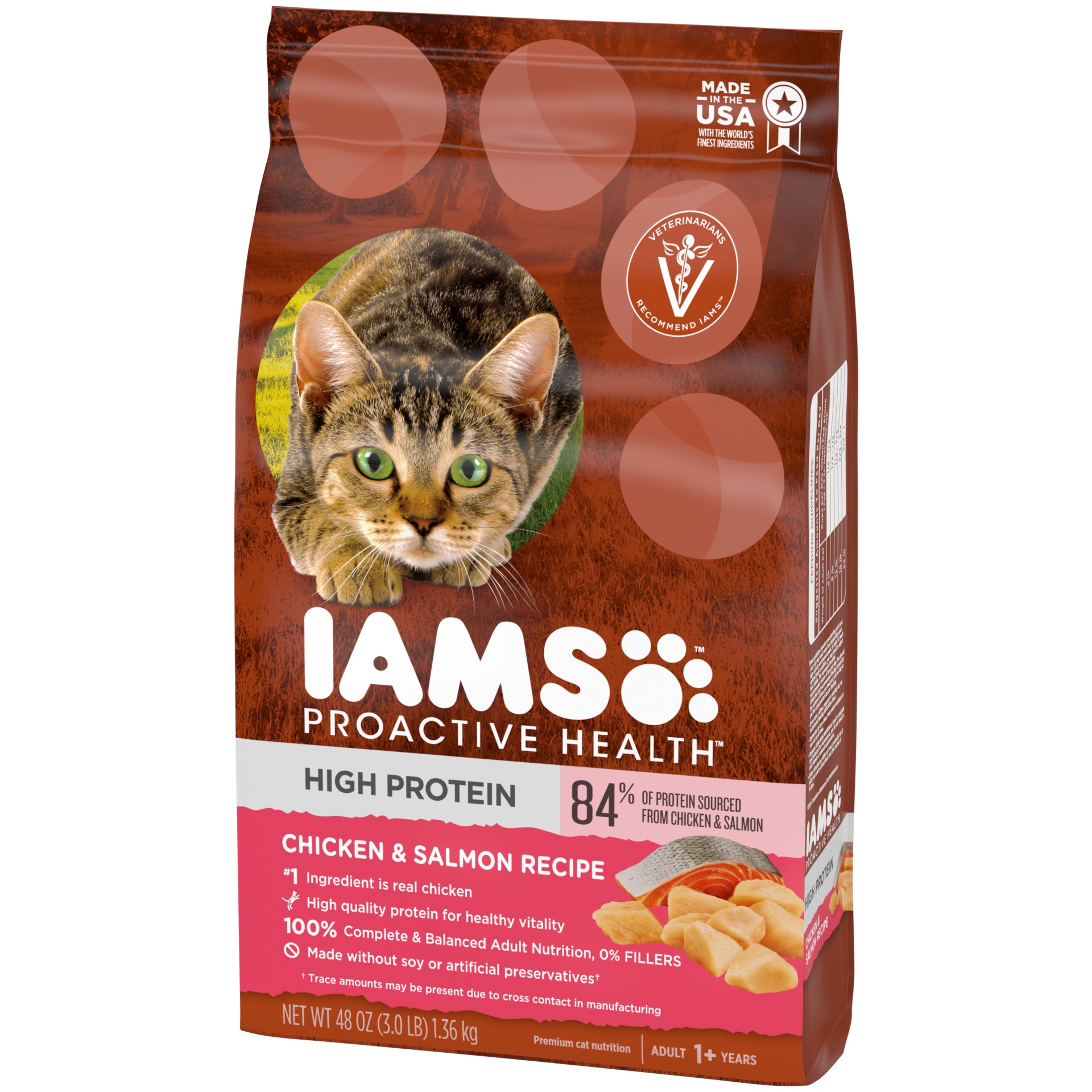
Fueling Growth: The Indispensable Role of High-Protein Dry Kitten Food
The pitter-patter of tiny paws, the playful pounces, and the boundless energy of a kitten are a joy to behold. But beneath that adorable exterior lies a metabolic powerhouse, a miniature organism undergoing rapid growth and development. To support this incredible transformation from a fragile newborn into a robust, healthy adult cat, nutrition plays the most pivotal role. And when it comes to dry kitten food, the focus must unequivocally be on high protein.
While wet food offers superior hydration, dry kibble remains a popular choice for many cat owners due to its convenience, cost-effectiveness, and potential dental benefits. However, not all dry kitten foods are created equal. For a growing kitten, a high-protein formulation isn’t just a preference; it’s a fundamental necessity that underpins every aspect of their health and development.
The Unique Nutritional Demands of Growing Kittens
Kittens are not just miniature adult cats; their nutritional requirements are distinctly different and significantly more intense. During their first year of life, kittens experience an astonishing growth rate, developing bones, muscles, organs, and cognitive functions at an unparalleled pace. This rapid development translates directly into a need for:
- Higher Calorie Intake: To fuel their growth spurts and high energy levels.
- Increased Protein: For building and repairing tissues, creating enzymes and hormones, and supporting immune function.
- Specific Amino Acids: Essential building blocks that their bodies cannot produce on their own.
- Higher Fat Content: A concentrated energy source and crucial for nutrient absorption.
- Balanced Vitamins and Minerals: For skeletal development, nerve function, and overall vitality.
Neglecting these specific needs can lead to stunted growth, weakened immune systems, poor coat quality, and long-term health issues.
Why Protein is Paramount for Kittens
Protein is the cornerstone of a kitten’s diet. It’s not merely a source of energy; it’s the fundamental building block for almost every cell and function in their tiny bodies. Here’s why high-quality, animal-based protein is absolutely non-negotiable for kittens:
- Muscle Development and Repair: As carnivorous animals, cats derive most of their energy and building materials from protein. Kittens are constantly building new muscle mass. High protein ensures they have the amino acids necessary for strong, lean muscle development.
- Skeletal Growth: While calcium and phosphorus are crucial for bones, protein forms the organic matrix upon which these minerals are deposited. Adequate protein supports strong bone structure.
- Energy Production: While fats and carbohydrates can provide energy, protein is a vital energy source for highly active kittens, especially when other sources are limited. It ensures sustained energy for endless play and exploration.
- Immune System Strength: Antibodies, enzymes, and many components of the immune system are made from protein. A high-protein diet helps bolster a kitten’s developing immune system, making them more resilient to illnesses.
- Organ Development and Function: Every organ, from the heart and lungs to the liver and kidneys, requires protein for its formation and optimal function.
- Healthy Skin and Coat: Protein is essential for producing keratin, the primary protein in skin, fur, and claws. A diet rich in protein leads to a lustrous coat and healthy skin, free from dryness or flakiness.
- Cognitive and Visual Development: Specific amino acids, such as taurine (which cats must obtain from their diet), are critical for proper heart function and the development of the brain and eyes. Animal-based proteins are rich in taurine.
Defining “High Protein” in Dry Kitten Food
So, what constitutes “high protein” in dry kitten food? While there’s no universally fixed percentage, most veterinary nutritionists and reputable pet food brands recommend dry kitten food with at least 30-40% crude protein on a dry matter basis. Some premium formulations may even go higher, reaching 45% or more.
However, the quantity of protein is only half the story; the quality and source of that protein are equally, if not more, important. Cats are obligate carnivores, meaning their digestive systems are specifically designed to process and thrive on animal-based proteins. Plant-based proteins, while present in some foods, are not as bioavailable or complete for felines.
Decoding the Ingredient List: What to Look For
Navigating pet food labels can be daunting, but understanding a few key principles will help you choose the best high-protein dry food for your kitten:
- Animal-Based Protein as the First Ingredient: Look for whole meat sources like “chicken,” “turkey,” “salmon,” “beef,” or “lamb” listed as the very first ingredient. This indicates that meat is the primary component by weight.
- Meat Meals are Good: Don’t be alarmed by ingredients like “chicken meal,” “turkey meal,” or “salmon meal.” These are highly concentrated forms of protein, where the water has been removed, making them a potent and excellent source of animal protein. In fact, a meat meal listed as the first or second ingredient often signifies a higher protein content than whole meat (which contains a lot of water).
- Multiple Protein Sources: Many high-quality kitten foods will list several animal protein sources (e.g., chicken, chicken meal, turkey meal, salmon). This provides a broader spectrum of amino acids.
- Essential Fats for Energy and Development: After protein, fats are the next most important macronutrient for kittens. Look for sources like “chicken fat,” “salmon oil,” or “flaxseed oil.”
- Omega-3 Fatty Acids (DHA & EPA): Crucial for brain and vision development. Salmon oil, fish oil, and flaxseed are excellent sources.
- Omega-6 Fatty Acids: Important for skin and coat health.
- Moderate, Quality Carbohydrates: While cats don’t have a high requirement for carbohydrates, they can provide energy and fiber. Look for easily digestible, nutrient-rich sources like “sweet potato,” “peas,” “lentils,” or “brown rice.” Avoid excessive amounts of corn, wheat, or soy, as these are often used as fillers and can be harder for some kittens to digest.
- Essential Vitamins and Minerals: Ensure the food is fortified with a comprehensive array of vitamins and minerals. Look for added taurine, which is vital for feline heart and eye health.
- Probiotics and Prebiotics: Some premium formulations include these for digestive health, promoting a balanced gut microbiome.
- AAFCO Statement: Always check for an AAFCO (Association of American Feed Control Officials) statement on the label. It should say something like, “Complete and balanced for growth” or “Formulated to meet the nutritional levels established by the AAFCO Cat Food Nutrient Profiles for growth.” This ensures the food provides all the necessary nutrients for a growing kitten.
What to Avoid
- Excessive Fillers: Ingredients like corn gluten meal, wheat gluten, and soy are often used to boost protein numbers artificially, but they are not as digestible or beneficial for cats as animal proteins.
- Artificial Colors, Flavors, and Preservatives: These offer no nutritional value and can sometimes cause sensitivities.
- Generic “Meat By-Products”: While some by-products can be nutritious, generic terms make it impossible to know the quality or source. Look for specific by-product meals (e.g., “chicken by-product meal”) from reputable brands if they are present, but ideally, the primary protein sources should be whole meats or named meat meals.
- Unspecified Ingredients: Avoid foods that list “animal fat,” “meat and bone meal,” or other vague terms.
Benefits of a High-Protein Dry Diet for Your Kitten
Choosing a high-protein dry food formulated specifically for kittens offers numerous advantages:
- Optimal Growth and Development: Provides the necessary building blocks for strong bones, muscles, and organs.
- Sustained Energy Levels: Fuels their endless curiosity and play, supporting their active lifestyle.
- Robust Immune System: Helps build strong defenses against common illnesses.
- Luxurious Coat and Healthy Skin: Essential nutrients lead to a shiny, soft coat and healthy, supple skin.
- Healthy Weight Management: High protein promotes lean muscle mass and can help prevent excessive fat gain, contributing to a healthy weight throughout their growth phase.
- Dental Health (Minor Benefit): The crunchy texture of kibble can help scrape away some plaque and tartar, though it’s not a substitute for proper dental care.
Addressing the Hydration Challenge: The Dry Food Dilemma
One of the most significant considerations when feeding dry food, especially to a kitten, is its low moisture content. Cats naturally have a low thirst drive and often don’t drink enough water to compensate for a dry diet. This can potentially lead to urinary tract issues (like crystals or infections) later in life if not managed.
To mitigate this:
- Provide Ample Fresh Water: Always have multiple bowls of fresh, clean water available in different locations.
- Consider a Water Fountain: Many cats prefer flowing water, which can encourage them to drink more.
- Introduce Wet Food: Many owners choose a mixed-feeding approach, offering high-quality wet kitten food alongside dry kibble. This significantly boosts hydration and provides variety.
- Add Water to Kibble: A small amount of warm water or low-sodium chicken broth can be added to the kibble to increase moisture.
Transitioning and Feeding Guidelines
When introducing any new food, especially to a sensitive kitten stomach, a gradual transition is key. Over 7-10 days, slowly mix increasing amounts of the new high-protein food with decreasing amounts of their old food.
Follow the feeding guidelines on the food packaging, which are usually based on the kitten’s age and weight. Remember that these are just starting points; individual kittens’ needs vary based on activity level, metabolism, and breed. Monitor your kitten’s body condition – they should be lean and muscular, not chubby.
Most kittens benefit from being fed multiple small meals throughout the day (3-4 times initially, then reducing to 2-3 times as they get older) rather than free-feeding, which can lead to overeating. Always ensure fresh water is available.
When to Consult Your Veterinarian
While this article provides comprehensive guidance, your veterinarian remains your best resource. Before making significant dietary changes or if your kitten exhibits any signs of digestive upset, lethargy, or poor growth, consult your vet. They can offer personalized advice based on your kitten’s specific health, breed, and lifestyle.
Conclusion
Choosing the right food for your kitten is one of the most important decisions you’ll make for their long-term health. A high-protein dry kitten food, rich in quality animal-based ingredients, provides the essential building blocks for robust growth, boundless energy, and a strong immune system. By carefully reading labels, understanding your kitten’s unique needs, and ensuring adequate hydration, you can set the stage for a lifetime of health and happiness for your beloved feline companion. Invest wisely in their diet, and watch your tiny bundle of joy blossom into a magnificent, healthy cat.

